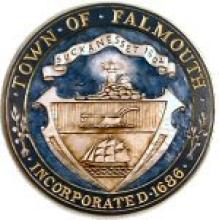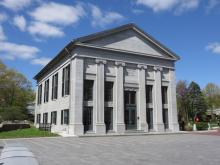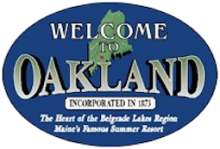Survey Supports Network Feasibility in Falmouth
Early survey results confirm the potential for a community broadband network in the coastal town of Falmouth, Massachusetts, reports The Falmouth Enterprise. Responses suggest wide dissatisfaction with service from the town’s current providers. Out of 378 respondents, 70 percent want better Internet access in the Cape Cod community; 92 percent want more competition.
Falmouth Economic Development and Industrial Corporation (EDIC) commissioned the survey as part of a feasibility study examining the potential for municipal broadband in the town of 32,000 people. With the initial results in hand, EDIC decided to continue with the second portion of the feasibility study to be completed later this year, moving Falmouth closer toward its own community network.
Community Support Grows
Municipal buildings and community anchor institutions in Falmouth already have Internet access through a local open access network operated by nonprofit OpenCape, resulting in significant cost savings. However, residents also want better connectivity for the rest of the community. Support for a municipal network grew throughout 2018 and 2019, culminating in EDIC issuing an RFP for a community network feasibility study in July.
Community Broadband Networks Director Christopher Mitchell travelled to Falmouth in the Fall of 2019 to discuss the community’s efforts on local television. During the program, he spoke with community leaders about the benefits of locally owned connectivity, the examples set by other municipal networks, and the unique opportunities that Falmouth has.
Study and Next Steps










